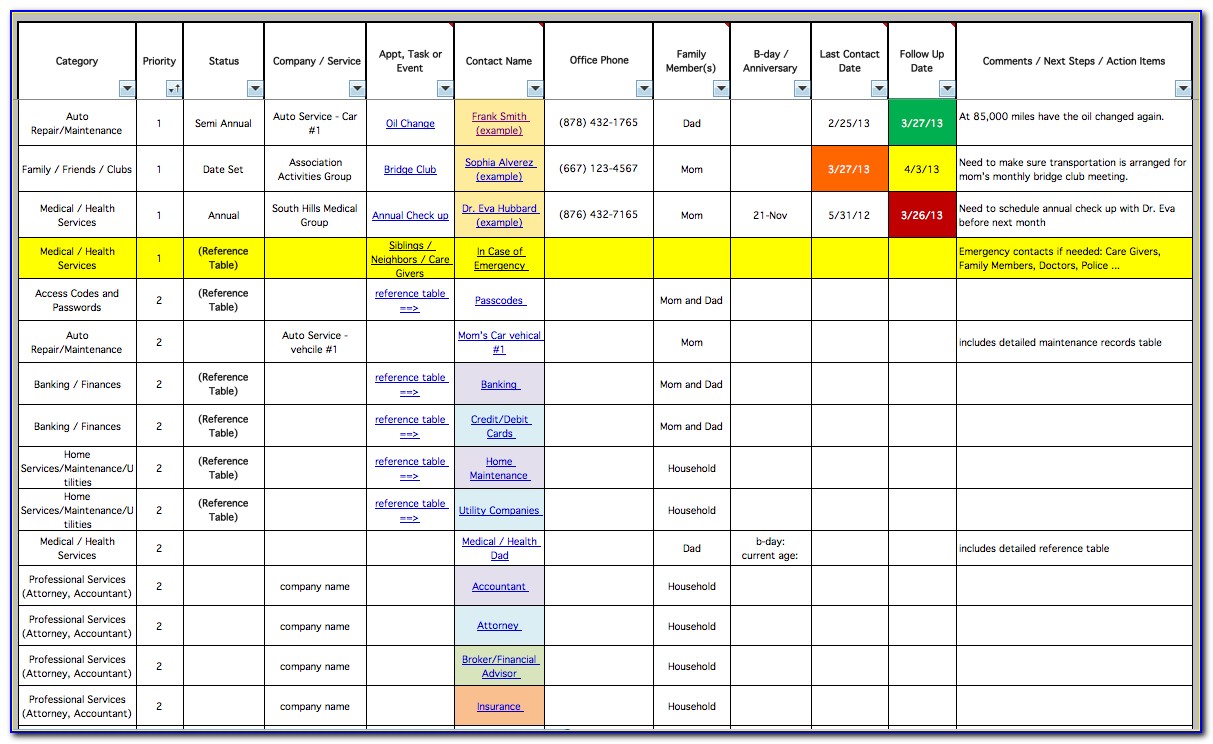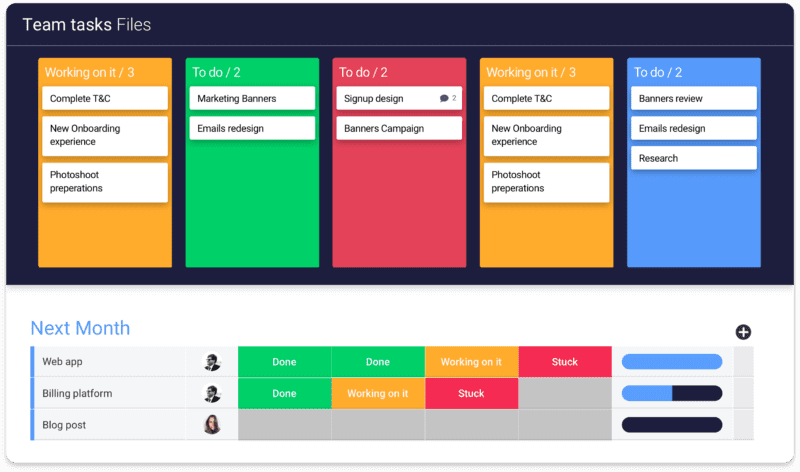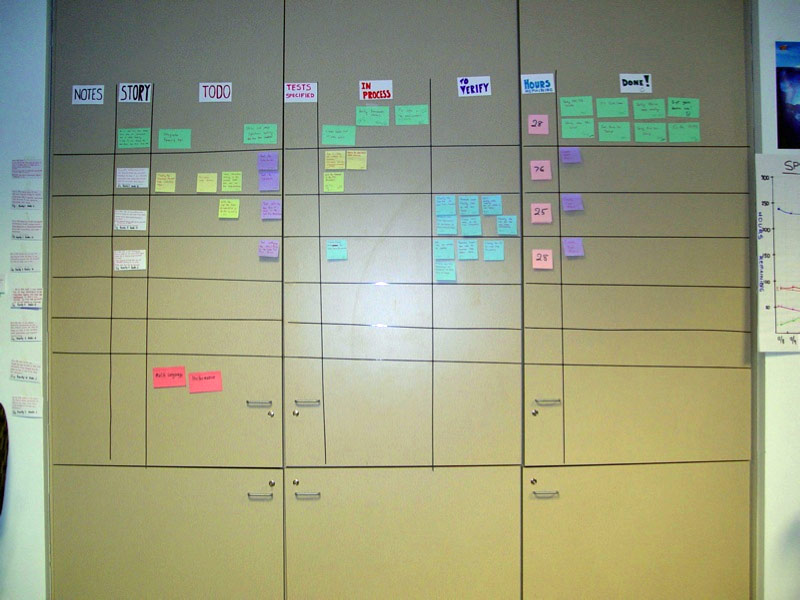
User Story Points in Taiga are a measure of the overall complexity of a User Story. Optional but really valuable are the user story’s tasks and attachments or custom fields. It is somewhat challenging to consider a user story ready for a Sprint if the team hasn’t at least filled in Title, Description and Points.

Click on single user stories to fill in all the relevant information so the team can decide they are ready for an upcoming sprint. You can arrange user story priorities by simply dragging and dropping them in the Backlog. The Backlog or Product Backlog can grow indefinetly as long as the top placed user stories enjoy highest priority and are “ready” to start working on then. We can’t fast forward this process for you but we can help you understand how all three blocks are related to one another at any stage of the project. This Backlog view conveys a lot of information but Taiga tries to make the visual and mental loads easy to cope with. The Burndown chart (central top pane) which keeps track of your team’s velocity, the Backlog (central bottom pane), were future work (User Stories) are frequently added and both open and closed Sprints (right pane).īacklog view using the Scrum module 1550×1133 115 KB The first one is the Scrum Backlog screen.

They respectively represent what is to be done ordered by priority and readyness, the pieces of work themselves and the fixed time periods in which we put selected User Stories to be worked upon and finished. The top three are the Backlog, the User Stories and the Sprints. There are various so called artifacts in Scrum. You can create one user story at a time and make use of the detailed creation dialog or you can bulk create them and fill in the relevant information at a later time. You can now go to the Scrum module and start creating user stories in the Backlog prior to adding any new Sprint.

Project settings related to Task statuses Project settings related to Task statuses 879×482 29.3 KB This has a big impact on how Sprints are managed and viewed as we will later show. Taiga encourages you to split up user stories into maneagable tasks that are usually assigned to just one team member so it’s good to select your particular set for more “hands-on” work items. In Scrum you won’t typically need to use the Archived flag for a status since the benefit of hiding user stories in that state is not needed here, closed Sprints give you that “tidying up” mechanism.įinally, we suggest you also take a look at the TASK STATUSES right below USER STORY STATUSES and see if you want to change them. This is very important for Scrum metrics and Taiga makes use of it for various Scrum charts so it’s good to give it a thought, you can change this at any time. If you want your user stories to be considered as done when they reach a particular status, flag that status as Closed. Scroll down to the USER STORY STATUSES and change the default settings to accomodate your particular use case. If in doubt, you can just input 10 for Expected number of Sprints and 100 for Expected number of story points and come back to change them in the future. Although it’s optionaly, it’s strongly suggested that you enter a number of estimated Sprints (fixed time periods) and the project size in points.

This also happens automatically if you chose the Scrum template upon project creation. Taiga Scrum moduleĮvery Taiga project can activate the Scrum module. It is also a lifetime’s choice for many agile teams. Scrum is probably the go-to Agile framework when teams or organisations decide to try an “agile on rails” experience for the first time. You can also say that Scrum allows teams and stakeholders to make sure they are delivering the optimal partial product every time even if it’s hard to predict what a final product would look like. It is designed for teams of ten or fewer members, who break their work into goals that can be completed within timeboxed iterations, called sprints, no longer than one month and most commonly two weeks.
#SCRUM TASK BOARD EXAMPLE SOFTWARE#
Although it had an initial emphasis on software development, it has been used in other fields including research, sales, marketing and advanced technologies. Scrum is an agile framework for developing, delivering, and sustaining complex products. !(upload://qBj24bf0zTxItJEKrlbWcHfn04K.png)


 0 kommentar(er)
0 kommentar(er)
